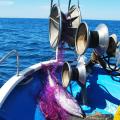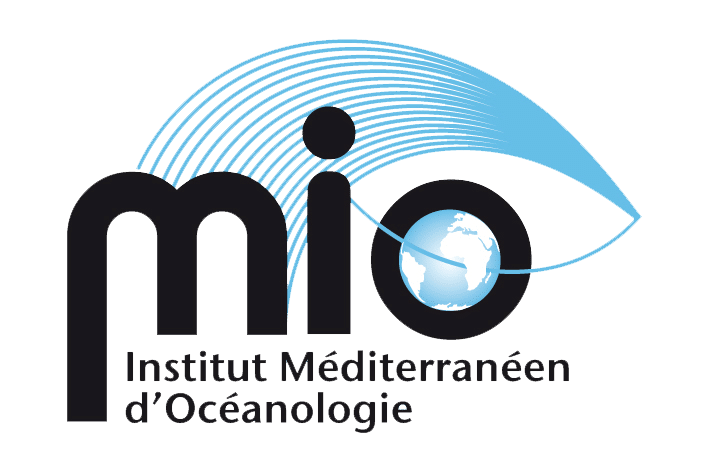Interview with researcher Lars-Eric Heimbürger-Boavida, who is working on the life cycle of mercury, which is still difficult to understand.
Libération's daily environmental feature, Le fil vert. Today, four questions to decipher environmental issues.
Like the much-publicised plastic, it spreads into the ocean and ends up on our plates. But mercury is more discreet because it is invisible. Even in small doses, this pollutant can be harmful to humans. In the marine environment, it takes an even more toxic form: methylmercury, which accumulates in the large fish we catch. Lars-Eric Heimbürger-Boavida, a CNRS researcher and marine chemist at the Institut méditerranéen d'océanologie (Marseille), is looking into the origin of this contamination in the oceans.
What is the problem with methylmercury pollution?
This neurotoxicant acts on the brain. Eating fish that are too rich in methylmercury has consequences for children's development; IQ tests show that they perform less well. When we put mercury into the sea, nature sends it back in the form of methylmercury. In this form, it is even more toxic, its properties change and it accumulates more in organisms (bioaccumulation). It enters the food chain and makes its way up to humans. In France, pregnant women are advised not to eat large predators (tuna, swordfish, etc.) more than three times a week, as they concentrate the most methylmercury. On the other hand, small fish (sardines, anchovies, etc.) can be eaten every day, as fish is a good source of protein and omega 3.
Where does this pollution come from?
Fifteen years ago, it was estimated that half of the mercury came from natural sources and the other half from human activities, mainly coal combustion. The natural sources, volcanism both on land and at sea, remain difficult to quantify. Research is ongoing. Today, anthropogenic mercury emissions are thought to be five times greater than natural mercury emissions. In 2017, 126 countries ratified the United Nations Minamata Convention to limit human exposure to mercury: filtration systems for industry, a ban on the import and export of mercury, and the obligation to choose alternatives to mercury when available.
Why does burning coal add mercury to the water?
Unlike other metals, mercury is also a gas. Once released by combustion, it remains in the atmosphere for between six months and a year, giving it time to spread across the planet, even as far as the poles. It is then deposited on the surface of land and sea. In the water, it is absorbed by plankton and follows its path: it sediments and is then eaten by bacteria in the depths. It is thought that this is when it becomes methylmercury. It is absorbed by phytoplankton, eaten by zooplankton and eaten by large predators. But the oceans are not full of mercury. It is one of the least concentrated elements in the sea. But the concentration is multiplied by 50 million at the end of the food chain. A tuna containing 1 milligram of methylmercury per kilo of flesh has accumulated what was present in 50 million litres of seawater.
Are we likely to be even more exposed in the future?
At the moment we don't know. We don't know exactly what the transformation mechanism is or how it may evolve with climate change. But warming makes bacteria more active. They could produce more methylmercury. Despite the reduction in mercury emissions, there could be more of it in fish in the future. We also need to be vigilant about the development of fishing in the Arctic. This ocean does not contain more (methyl)mercury than elsewhere, but it is where the fauna is the most contaminated. Elsewhere, the bacteria that transform mercury are found at depth, 1 kilometre from the surface, a long way from the start of the food chain. In the Arctic, it's 100 metres. This would explain why animals are more contaminated.





